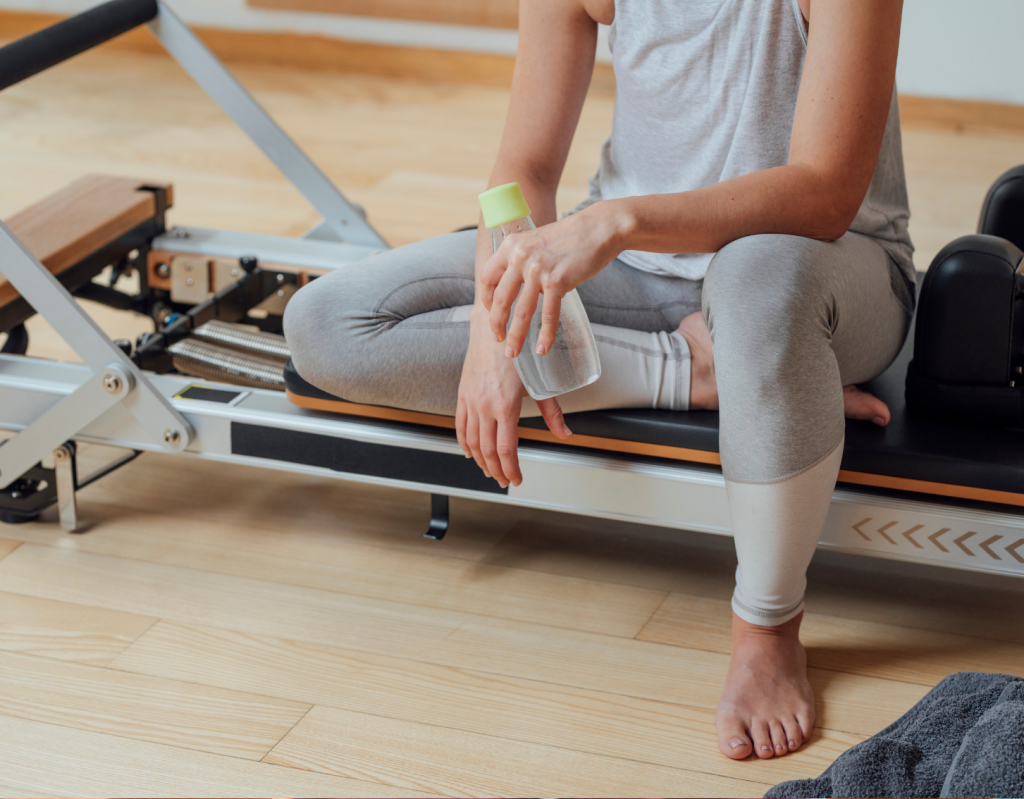Parkinson’s disease (PD) is a common, progressive, and debilitating disorder affecting many areas of the nervous system. The general population associate Parkinson’s with shaking (tremor) and freezing steps during walking and other movements (akinesia). Other Parkinsonism symptoms and motor impairments also include stiffness (rigidity), slow movements (bradykinesia), and postural instability/balance problems. However, in addition, there are other motor and non-motor impairments associated with PD. These include anxiety, depression, social withdrawal, apathy, impaired cognition, sleep disorders, and pain.
So, what exactly is Parkinson’s?
It is a neurological disorder traditionally associated with degeneration of the dopaminergic neurons within the substantia nigra, located in the midbrain. In simple terms, the cells that are responsible for producing dopamine, within the basal ganglia, start to die off. These are responsible for regulating movement after receiving the information from parts of the brain that initiate movement. Less dopamine results in slower, smaller movement with less control. Unfortunately, 70 to 80% of dopaminergic neurons may be destroyed before a patient exhibits significant signs of PD.

Changes in movements may not be the first signs that you have PD. Approximately a third of people first notice other issues that are not related to poor movement. These may be constipation, loss of smell or short-term memory, small handwriting, soft or low voice, masked facial expression, stooped posture, and involuntary thrashing at night during sleep. Idiopathic Parkinson’s is the most common form, about 15% of those with symptoms suggesting PD have one of several diseases termed, atypical Parkinsonism disorders. These conditions are typically more difficult to treat than idiopathic PD.
There is currently no blood test, MRI, or fancy test to diagnose definitively if you have PD. Diagnosis is based on 3 things: your symptoms, your response to medication, and the exclusion of other neurological conditions.

Treatment
1. Medication.
There are many types of medications to treat PD. Medications can replace the dopamine or block chemicals within the brain that break down the available dopamine in your system. For a limited time, these medications can control the symptoms in most people. It is common for a variety of medications to be taken at different doses and times of the day. Sticking to the time of taking medication is important to avoid the “off” periods, where movement becomes more difficult and symptoms more problematic thus affecting your daily activity. As the disease progresses the medication dosage must gradually increase. The downfall of this is the serious side effects associated with increasing the medication. For example, involuntary, erratic, writhing movements of the face, arms, legs, or trunk (dyskinesia). Unfortunately, there is no available medication currently that reverses the effects of the disease.
2. Surgery.
Deep brain stimulation (DMS) is a surgical procedure that can result in less need for some medications. It has been seen to successfully reduce tremors, dyskinesias, and the significant on/off periods that people experience. It does not however help with some symptoms such as poor balance. Symptoms will continue to worsen over time.
Currently, neither medication nor surgery can cure or slow the progression of this insidious disease.
3. Exercise.
Exercise tends to be neglected in most people with PD. This can be due to several factors including fear of falling, apathy, depression, anxiety, and a belief that it will not cure me so why do it?! But the important thing to remember is that not exercising can add to the effects of the disease, leading to premature disability and loss of independence earlier within the disease progression than is necessary. There is also the risk of developing other comorbidities such as diabetes, heart disease, and osteoporosis. PD is a disease that is often lived with for a long period of time. The impact on family members cannot be understated. Exercise is vitally important, in conjunction with medication to lessen the impact.

There is a significant amount of evidence showing that exercise, in conjunction with medication can:
- Reduce symptoms.
- Improve aerobic fitness.
- Improve mobility.
- Improve muscle strength.
- Improve balance, coordination & reduce falls.
- Reduce freezing when walking.
- Slow the disease progression and lower morbidity.
- Have positive effects on mood, fatigue, and pain.
- Improve sleep.
- Improve cognition.
All these effects result in improved quality of life and independent living for as long as possible. This enables the individual to take control and manage the disease. Early exercise habits are essential to overall disease management. There is evidence to show that exercise leads to structural, vascular, and neurochemical changes in the brain. This leads to improvement in impairments and the ability to perform activities.
What kinds of exercise?
Your exercise should include:
- Flexibility (stretching).
- Aerobic activity – walking, cycling, running, swimming, dance, non-contact boxing.
- Resistance and strength training.
- Balance and coordination.
- Tai Chi, Yoga, and Pilates have been shown to have great benefits for PD.
The following principles should be adhered to within your exercise program:
- Moderate/high-intensity aerobic exercise provides greater benefit to the central nervous system.
- Gradual increase of exercise intensity and duration, to aim for at least 30min on most days.
- Important to consider task specificity and complexity.
- Introduction of complex and varied motor and cognitive challenges.

There are also specific PD exercise programs available, designed with Parkinson’s in mind, although the exercises can also be quite challenging for the general population. Fluid Physio have used these guidelines in their PD POWER program. (see blog for more information). But the important message here is that exercise in any form is important in managing PD. The type of exercise you do will depend on your symptoms, individual challenges, and other health conditions. For those that have been sedentary, just getting up and moving, going for a walk can be beneficial. Physical changes occur with the progression of the disease, therefore your exercise program may need to be reviewed and updated to meet the changing needs and to ensure continued safety.
Unsure of where to begin?
If you, a family member, or friend have been diagnosed with PD and don’t know where to start, having a consultation with our Exercise Physiologist Aaron Pateman, is a sure way to ensure that you are getting the right exercise program. We understand that one type of exercise does not fit all, and individuals have different exercise preferences, abilities, disease severity, and goals. An individualised program can be prescribed or admission into any number of our classes may also be suitable for you.
Keen to know more?
To book an appointment with Aaron, or to find out if our PD Power program could help you, please contact us on 6646 3766, or book online:
Book Your PD Power Consult Online
References: McConaghy, M. (2018). The New Parkinsons’s Treatment, Exercise is Medicine. Haberfield: Longueville. Olson M, Lockhart TE and Lieberman A (2019) Motor Learning Deficits in Parkinson’s Disease (PD) and Their Effect on Training Response in Gait and Balance: A Narrative Review. Front. Neurol. 10:62. doi: 10.3389/fneur.2019.0006 Ellis T, Rochester L (2018) Mobilizing Parkinson’s Disease: The Future of Exercise. Journal of Parkinson’s Disease 8 S95-S100. DOI:10.3233/JPD-181489 www.exerciseismedicine.com.au Parkinson’s disease and Exercise.








About The Author: Fluid Physio
More posts by Fluid Physio